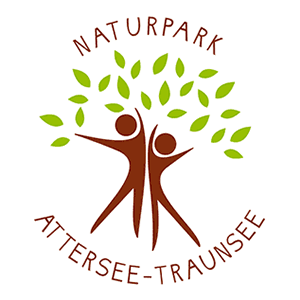
First International Dark Sky Place Status In Austria Awarded

 Naturpark Attersee-Traunsee, the largest nature park in the province of Upper Austria, was today named an International Dark Sky Park by IDA. It is the first designation of any kind in the International Dark Sky Places Program for Austria, and one of only nine to date designated in central Europe.
Naturpark Attersee-Traunsee, the largest nature park in the province of Upper Austria, was today named an International Dark Sky Park by IDA. It is the first designation of any kind in the International Dark Sky Places Program for Austria, and one of only nine to date designated in central Europe.
“Once again, our International Dark Sky Places Program has shown off its wide geographic appeal with yet another ‘first’,” said IDA Executive Director Ruskin Hartley. “Today we welcome Naturpark Attersee-Traunsee into the IDA family as the first-of-its-kind place in Austria.”
The nature park spans 77 square kilometers of forested land situated between the eponymous lakes Attersee and Traunsee, and encompasses the communities of Weyregg, Schörfling, Aurach, Altmünster and Steinbach. It preserves natural and cultural landscapes typical of the Traun and Atterseer Flysch Mountains in the foothills of the Alps. The increasingly challenging terrain of the area makes it among the darkest regions remaining in continental Europe.
After a scientific analysis of the quality of the night sky and existing lighting situations, the area between the two Upper Austrian lakes was considered to be ideal for certification as a night landscape protection area. The main criterion, an outstanding darkness of the night sky, which is characterized by the fact that, for example, the Milky Way can be easily seen with the naked eye, was easily fulfilled.
“After years of effort, I am pleased that a gigantic step towards the protection of the natural night sky has now been achieved,” said Dr. Stefan Wallner, a University of Vienna astronomer who project-managed the International Dark Sky Park nomination. “It is very satisfying, especially for us astronomers, that the sky dotted with stars, planets and other celestial objects has now become an important feature of the region.”
Wallner’s academic department in Vienna supported the nomination effort by providing expertise in evaluating nighttime conditions in the nature park. Beginning in 2014, a light measurement network consisting of 24 Sky Quality Meters has been installed across the area. Stefan Kaineder, Upper Austrian Provincial Councilor for Environmental Protection, described the results of the monitoring program as indicating the quality of the night sky over the park is “close to natural.”
The criteria for outdoor lighting, such as the complete shielding of light sources to avoid stray light, the emission of purely environmentally friendly, warm white light colors as well as shutdowns or dimming at night, were largely adjusted as part of the project in the star park area. Within ten years, the participating municipalities even committed to adapt 100% of the existing outdoor lighting to the criteria.
“In 2018, all of our local lighting had to be replaced because the age-related, desolate condition required renovation. We made sure that the lighting was not only more energy-efficient but also that the lighting quality was optimized according to Dark Sky Park guidelines,” explained Nicole Eder, mayor of the town of Steinbach am Attersee.
Eder sees not only a benefit in the improvement to her community’s quality of life through better outdoor lighting, but also in that it helps protect the new International Dark Sky Park.
“We are pleased that with this future-oriented renovation we have laid an important foundation stone and made an essential contribution to the award of our community and region as a Dark Sky Park.”
The park’s leadership sees this as a roadmap to the future protection of the site for generations of Austrians to come. “The well-known star park motto ‘Carpe diem – protege noctem’ is very pictorial for the future orientation as a nature and star park,” offered Clemens Schnaitl, Naturpark Attersee-Traunsee manager. He sees a clear connection between ‘seizing the day’ while simultaneously protecting the night.
“During the day we ‘protect and use, experience and understand’ the rural cultural landscape of the nature park, which is rich in habitat and species, and at night we preserve the functionality of the night nature through careful use of light. Consequently, we can enjoy a deep, clear view of the starry sky.”



















